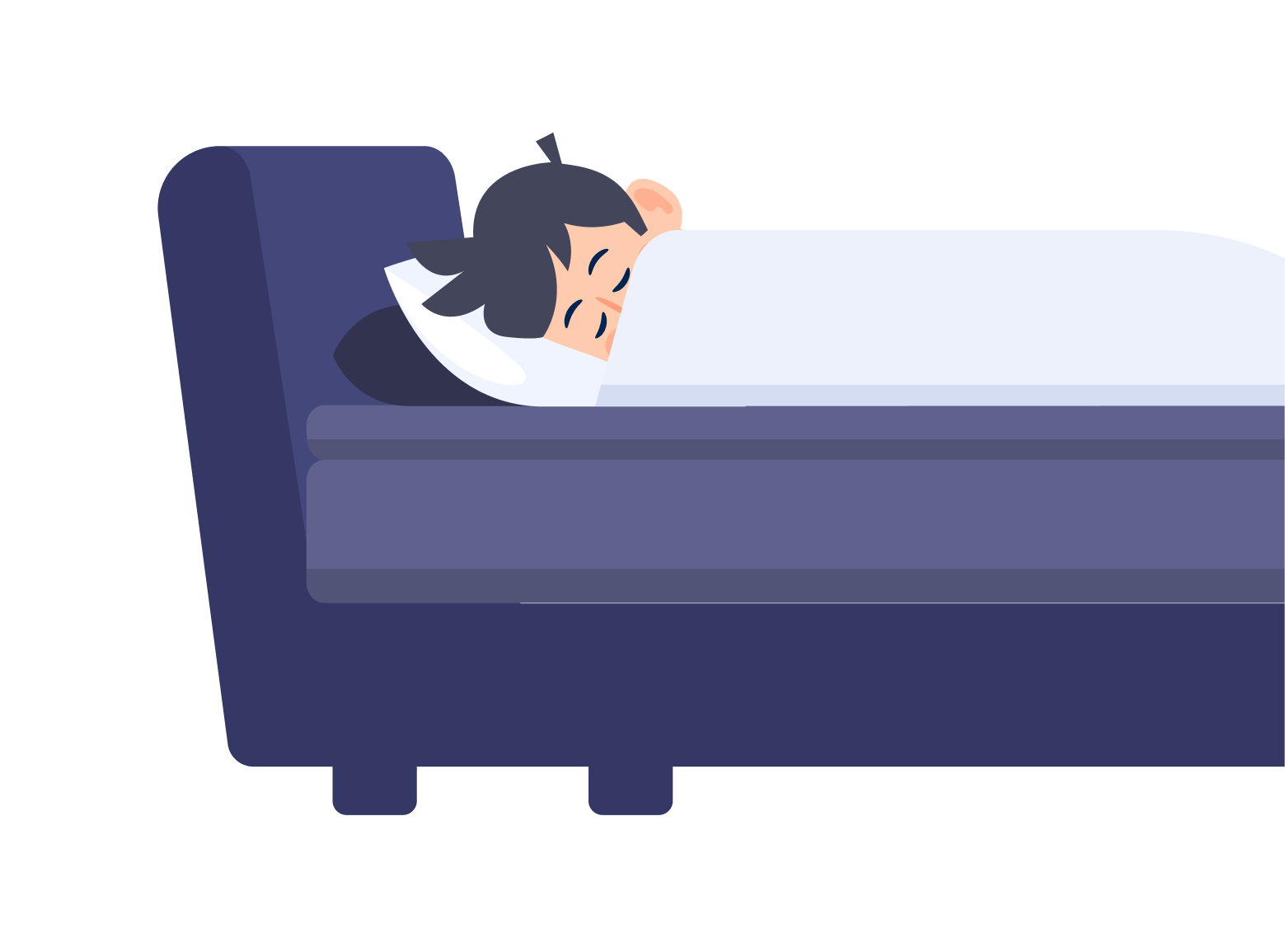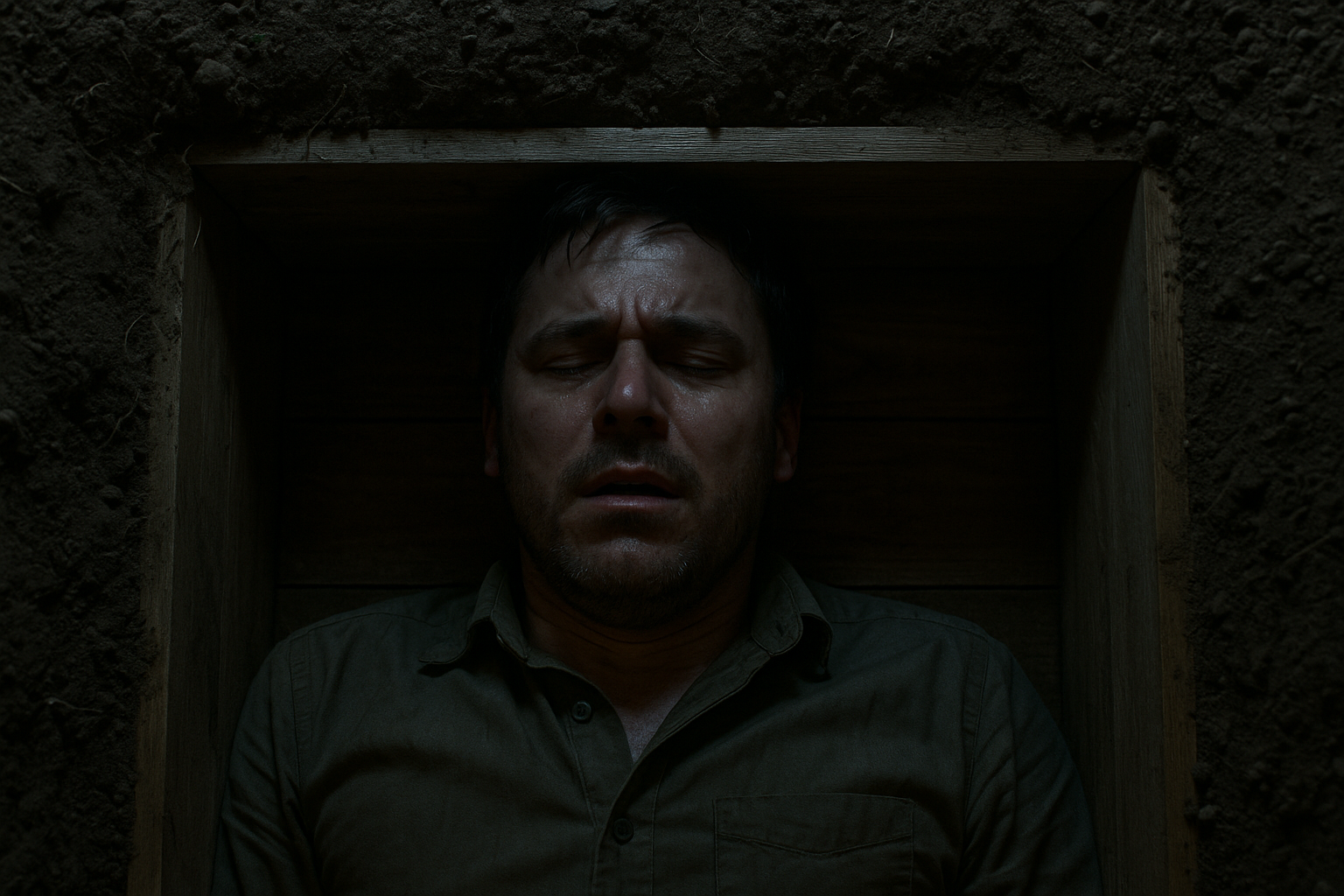Lucid dreaming transforms sleep into an extraordinary adventure where you become the director of your own subconscious theater. What if your dreams were a playground where lucid dreaming allowed you to explore infinite possibilities? Every night, your mind escapes into a world you can’t control… or can you? Lucid dreaming reveals that science says yes—you can master the art of dream control, but not just any way. Understanding lucid dreaming opens doors to conscious dream exploration and deliberate dream experiences.
The fascinating world of lucid dreaming has captivated researchers, artists, and dream enthusiasts for centuries. Today, we’ll explore the science behind lucid dreaming and provide you with proven techniques to achieve conscious control over your dream experiences.
🌙 Ready to master lucid dreaming and explore your dream world? Discover advanced techniques with the Dreamly App – your intelligent companion for achieving lucid dreams and conscious dream exploration.

Why Master Lucid Dreaming? The Power of Dream Control
The desire to achieve lucid dreaming is nothing new. For centuries, mystics, shamans, and artists have used lucid dreaming to explore their subconscious, receive messages, or find creative inspiration. According to research from the Sleep Foundation, today’s motivations for pursuing lucid dreaming are broader and more diverse:
Creative Exploration
Escaping into imaginary worlds and exploring unlimited creative possibilities through lucid dreaming.
Emotional Healing
Reuniting with lost loved ones and processing grief in a safe dream environment.
Safe Exploration
Exploring desires and scenarios without real-world consequences or risks.
Nightmare Resolution
Transforming nightmares and processing trauma through conscious dream control.
Cognitive Enhancement
Boosting creativity, problem-solving abilities, and memory consolidation.
Skill Practice
Rehearsing performances, speeches, or physical skills in a controlled dream environment.
The Science Behind Lucid Dreaming: Brain Activity During REM Sleep
During sleep, our brain cycles through several phases, including REM sleep—the stage where the most vivid dreams and lucid dreaming typically occur. According to research published in the National Library of Medicine, brain activity during REM is almost identical to that of wakefulness, except the body remains paralyzed to prevent us from acting out our dreams.
Numerous scientific studies demonstrate that we can influence what appears in our dreams, especially when we apply specific lucid dreaming techniques right before falling asleep. The key lies in training the prefrontal cortex—the brain region responsible for self-awareness and critical thinking—to remain partially active during REM sleep.
Proven Lucid Dreaming Techniques for Dream Control
Here are the most effective lucid dreaming methods, backed by sleep researchers and experienced lucid dream practitioners. These techniques have been scientifically validated and refined through decades of research:
Pre-Sleep Visualization for Lucid Dreaming
Before bed, imagine a scene you want to experience in your lucid dream. Add as much sensory detail as possible—sounds, colors, textures, and sensations. This visualization sends a clear signal to your subconscious mind and significantly increases your chances of achieving lucid dreaming. Spend 10-15 minutes in this focused visualization state.
Setting Clear Intentions for Lucid Dreaming
Repeat a specific phrase like: “Tonight, I will achieve lucid dreaming and fly over a beautiful city.” This mental suggestion, known as autosuggestion, reinforces your intention and primes your brain for lucid dreaming. The more specific and emotionally engaging your intention, the more effective it becomes.
Dream Journal for Enhanced Lucid Dreaming
Write down your dreams every morning immediately upon waking. According to research in Frontiers in Psychology, this practice dramatically boosts dream recall and gradually increases your ability to achieve lucid dreaming. Include details about emotions, colors, characters, and any moments of consciousness during the dream.
MILD Technique for Lucid Dreaming
The Mnemonic Induction of Lucid Dreams (MILD) technique is one of the most scientifically validated approaches to lucid dreaming. Wake up after 5 hours of sleep, stay awake for 5–10 minutes while thinking about your desired dream scenario, then fall back asleep with that clear intention. This method takes advantage of increased REM sleep in the morning hours.
Sensory Anchors for Lucid Dreaming Success
Use specific sounds, scents, or visual images associated with your dream theme. The subconscious mind is highly responsive to these sensory cues during lucid dreaming attempts. For example, if you want to dream of a beach, listen to ocean sounds or use coconut-scented essential oils before sleep.
Reality Testing for Lucid Dreaming Recognition
Perform regular “reality checks” throughout the day by asking yourself, “Am I dreaming?” Look at your hands, read text twice, or check digital clocks. When this becomes a habit, you’ll naturally perform these checks in dreams, helping you recognize when you’re dreaming and achieve lucid dreaming.
Can We Really Control Everything in Lucid Dreaming?
Absolutely not—and that’s part of the magic. Even with advanced lucid dreaming skills, dreams remain a semi-automatic creation of the brain. You can influence the setting, theme, and often the action, but rarely achieve 100% control over every aspect. That’s the beautiful paradox of lucid dreaming: it’s a collaborative dance between your conscious and unconscious mind, creating experiences that are both directed and spontaneous.
Advanced Lucid Dreaming Strategies for Deeper Control
Wake-Back-to-Bed (WBTB) Method
This lucid dreaming technique involves waking up 4-6 hours after falling asleep, staying awake for 15-30 minutes while focusing on lucid dreaming, then returning to sleep. Research shows this method can increase lucid dreaming frequency by up to 50%.
Meditation and Mindfulness for Lucid Dreaming
Regular meditation practice enhances self-awareness and metacognition—key components of successful lucid dreaming. Studies from Harvard Medical School show that mindfulness meditation practitioners have significantly higher rates of spontaneous lucid dreaming.
Supplements and Lucid Dreaming Enhancement
Certain natural supplements like galantamine, choline, and vitamin B6 have shown promise in enhancing lucid dreaming frequency and vividness. However, always consult with a healthcare provider before using any supplements for lucid dreaming.
Pro Tips for Lucid Dreaming Success
- Maintain a consistent sleep schedule to optimize REM sleep phases
- Avoid alcohol and heavy meals before sleep as they can interfere with lucid dreaming
- Practice patience—lucid dreaming is a skill that develops over time
- Join online communities to share experiences and learn from other lucid dreaming practitioners
- Keep a positive attitude—belief in your ability to achieve lucid dreaming significantly impacts success rates
Common Lucid Dreaming Challenges and Solutions
Difficulty Achieving Initial Lucid Dreaming State
Many beginners struggle with their first lucid dreaming experience. Start with simpler goals like increasing dream recall before attempting full lucid dreaming control. Consistency with reality checks and dream journaling typically leads to spontaneous lucid dreaming within 2-4 weeks.
Maintaining Lucidity in Dreams
Once you achieve lucid dreaming, staying conscious can be challenging. Practice stabilization techniques like rubbing your hands together in the dream, spinning, or engaging with the dream environment through touch and observation.
Waking Up Too Quickly During Lucid Dreaming
Excitement about achieving lucid dreaming often causes immediate awakening. Practice calm acceptance when you realize you’re dreaming. Start with observation before attempting major dream changes.
“Lucid dreaming is not just about controlling dreams—it’s about expanding consciousness and exploring the infinite potential of the human mind.”
The Future of Lucid Dreaming Research
Current research into lucid dreaming explores its therapeutic applications for treating PTSD, recurring nightmares, and anxiety disorders. Scientists are also investigating how lucid dreaming might enhance learning, creativity, and problem-solving abilities.
Emerging technologies like transcranial stimulation and specialized apps are making lucid dreaming more accessible to beginners while providing advanced practitioners with new tools for deeper exploration.
Conclusion: Embracing the Art of Lucid Dreaming
Mastering lucid dreaming isn’t a myth—it’s a learnable skill, much like meditation or mindfulness. With consistent practice and the right techniques, you can not only explore incredible dreamscapes but also improve your well-being, creativity, and mental health through lucid dreaming.
The journey of lucid dreaming offers more than just entertainment; it provides a unique pathway to self-discovery, healing, and personal growth. Whether you’re seeking creative inspiration, emotional healing, or simply the thrill of conscious adventure, lucid dreaming opens doors to experiences limited only by your imagination.
So tonight, before bed, set a simple but powerful intention: “I choose to experience lucid dreaming and explore my dream world consciously.” With patience, practice, and the proven techniques outlined above, you’ll soon discover the extraordinary realm of lucid dreaming and conscious dream control.
Start Your Lucid Dreaming Journey Today
Ready to transform your sleep into an adventure? Download the Dreamly App now and access advanced lucid dreaming techniques, progress tracking, and personalized guidance. Your journey into conscious dreaming starts tonight!








